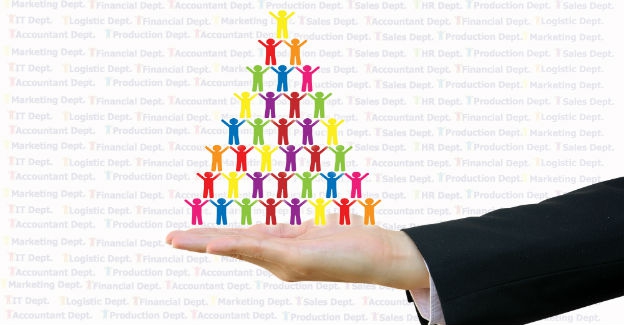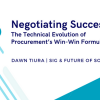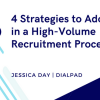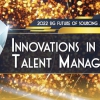Welcome to this new column. Every couple of months I’ll be getting on the proverbial soapbox and sharing my observations and opinions on all things ‘talent’ and how ‘work’ works. Please feel free to agree, disagree and add to the subjects via the comments sections below.
So, let’s kick off with a few things that are affecting the world of work and how we think about talent now and potentially in the future. While there are many factors that affect how work gets done and how we attract, motivate, develop and retain talent, four of the big ones over this time period are:
1) The 'TalentSumer'
I coined this phrase a few years ago to describe today’s workers acting more like consumers than employees. Work used to be a place we went; now it’s something we do. This trend is continuing as millennials (and the so-called Gen Z crowd)—who expect a higher level of customer service, better technology and flexible work arrangements—become a larger percentage of the workforce.
While the candidate experience and employer brand will continue to be of the upmost importance to organizations, companies will need to live and breathe great ethics, a strong culture, and a passion to do their very best work (not just create clever branding to say they do!) if they hope to attract and retain the best talent.
Anyone involved in talent attraction and retention will need to become great marketers, as we are already seeing a trend in using consumer data in our search for talent. Marketing 101 can be simplified as “Get their attention, turn it into attraction, convert them into a customer, give them great customer service to make them loyal and finally make them ambassadors for the brand.” HR and their Talent Acquisition Partners have that same responsibility when it comes to talent.
2) Organizational Readiness
Organizational readiness is the new competitive advantage. Being able to quickly adapt to—and take advantage of—the rapidly evolving world of work is now the key to success or failure. This level of readiness will be achieved through talent management. The importance of people is one of the few constants in the business world. An organization’s workforce has always been the deciding factor in its fortunes, but the way that companies get the most out of their people, and what they themselves want from their employer has changed radically.
The concept of a job for life is all but dead and unlikely to ever be revived. Contract talent now accounts for a significant proportion of the modern workforce. More than a third of the US workforce was classified as ‘non-traditional’ (i.e., not employed by the organization they are doing work for) in 2016 and on its way to becoming 50% within the private sector. A similar pattern is also occurring in Europe.
This change is having a drastic impact on the relationship between companies and their people. As such, organizations need to think of themselves not as companies, but as talent platforms that allow individuals to do their very best work. This is the new workforce. Workforce planning, or as I prefer to call it, workforce design, will finally have its moment in the sun in terms of having the most efficient and effective way of getting work done. It will no longer be a ‘nice to have,’ it will be essential.
3) Digital Workers
We are now entering the ‘second machine age,’ an age where, through the exponential growth of computing power, we will see more and more knowledge-worker type jobs being carried out by machines. We are already seeing examples of this level of Artificial Intelligence. Perhaps the most tactical example is of Forbes’ corporate earnings previews that appear on their website being generated by algorithms without human involvement.
Some experts are predicting that as many as 50% of certain jobs could be done by machines within the next 15 years. So, what does this mean for organizations as they enter this new world of work? My belief is that it will further develop the need for a holistic approach to the way companies think about how they get work done, and what core skills and roles they need within their organization to make them who they are. In what positions can you hire ‘permanent’ workers, and what roles, by the very nature of the skill set required, will need to be carried out by contractors, consultants or even machines?
4) Talent Integration
The growth of the contingent workforce continues at a rapid pace, and I believe this is not a trend, but the new normal. Organizations are starting to rethink the way 'work works' within their company and are being more holistic in their approach to talent acquisition and talent management. This means that Managed Service Providers (MSPs) and Recruitment Process Outsourcing companies (RPOs) will need to offer integrated talent models where the ability to attract, screen, monitor and process talent of all ‘flavors’ will be paramount.
There are many benefits of having a strategy for an integrated talent approach: visibility, compliance and cost management to name a few, but I believe the biggest will be the ability to take workforce design to the next level. We are already seeing the benefits of bringing best practices from the use of MSPs to, for example, creating employer branding for contractors and creating talent communities for contractor engagement. The next frontier will be to position a technology that can be the single point of record for all talent and a talent acquisition function that can be the single voice. Watch this space for more thoughts on the future of work.







